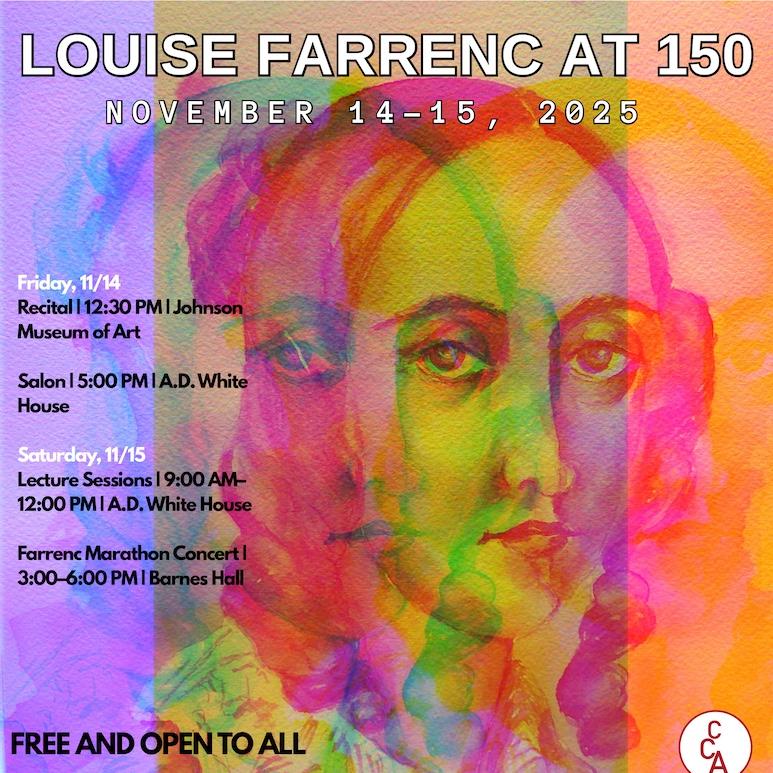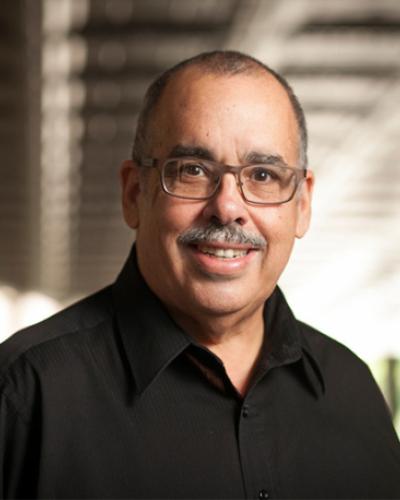The Boston Symphony Orchestra, under the baton of Thomas Wilkins, will perform Roberto Sierra's Concerto for Saxophones and Orchestra on their upcoming March 23 concert. The jazz-inflected program also includes works by Adolphus Hailstork, Duke Ellington, and Florence Price.
Roberto Sierra, Old Dominion Foundation Professor in the Humanities, was commissioned to compose the concerto by the Detroit Symphony Orchestra. It was premiered in 2002, and featured James Carter — who performs the piece again in Boston.
The BSO performance is highlighted in a recent article in The Arts Fuse, an online arts magazine covering cultural events throughout New England. The article describes the form of Sierra's concerto:
...I look forward to hearing him (Carter) tackle Sierra’s Concerto for Saxophones. This is a classic concerto in form – three movements, fast-slow-fast, with no program other than an exciting dialog between virtuoso soloist and orchestra. Carter has center stage throughout the entire work, and he rarely has a moment to catch a breath. He is called upon to make transitions between tenor and soprano, sometimes with very little pause. Sierra asks him to hit some very high notes on soprano in the second movement, and to go even higher as it reaches its conclusion. There are arpeggios a-plenty, of course, but Carter is given the freedom to be soft and furry in the slow movement, just as he is bright and brassy in the first and last.
The musical language of the piece is approachable, grounding the more abstract harmonies in Latin rhythms in the first movement, and providing some harmonic familiarity by drifting into augmented blues in the third. The mellow heart of the concerto is its second movement, written mostly tonally, with an appealing theme that recalls the ancient standard, “When I Grow Too Old to Dream.” Is there room for improvisation? It sounds to me as though the cadenzas are at least partially improvised, and Sierra gives Carter a crucial developmental role in the last movement by asking him to make the transition from polytonality to basic blues.
The article concludes "by the time Roberto Sierra’s concerto is over, I think you’ll be standing too."





